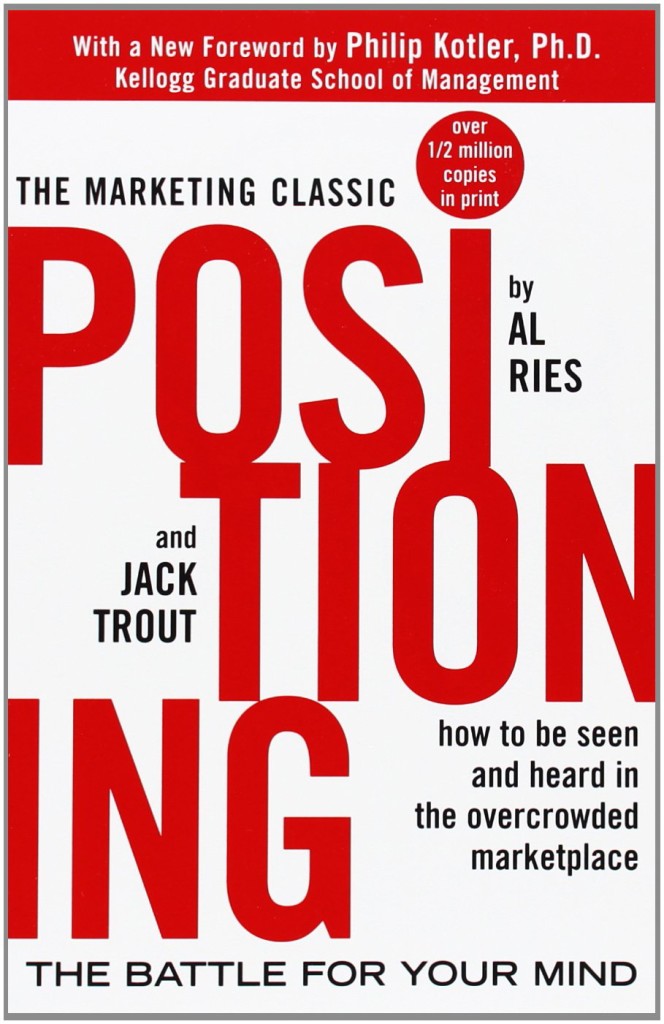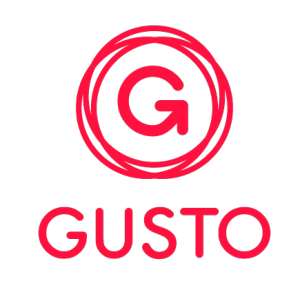 Al Ries and Jack Trout wrote Positioning: The Battle For Your Mind to show how companies can capture a unique position for their brands in the minds of their customers. Almost all of their ideas are now gospel – and almost all of their examples use brands, technologies, and companies that are no longer a part of our ever-changing economy.
Al Ries and Jack Trout wrote Positioning: The Battle For Your Mind to show how companies can capture a unique position for their brands in the minds of their customers. Almost all of their ideas are now gospel – and almost all of their examples use brands, technologies, and companies that are no longer a part of our ever-changing economy.
If they were to write Positioning today, Ries and Trout would use examples from the startup world. Perhaps they would cite the positioning strategies of Jet and Gusto.
A Position Stuck on the Runway
Jet is an e-commerce site offering a wide range of products at low prices. Jet has garnered substantial press and lots of investment, raising more than $200 million before launch.
The company originally built a business model based on a $50 annual membership fee and low prices. The prices would be especially low compared to competitors if customers would follow the site’s prompts to ship multiple items together. “If we can educate them that, ‘Look, instead of buying one thing every week, come back every two weeks and buy two things and you will save a few percent,’ it’s actually a lot of money,” said CTO Mike Hanrahan in a January cover story in Bloomberg Businessweek.
 But Jet is attacking a position firmly held by established companies. Amazon’s Prime membership program, offering low prices and fast shipping for $99 a year, already counts 44 million members in the U.S. Costco’s $55 membership offers low-priced goods in stores and online to 81 million members. Consumers already think of these companies if they want to pay a membership fee in return for low prices and other benefits.
But Jet is attacking a position firmly held by established companies. Amazon’s Prime membership program, offering low prices and fast shipping for $99 a year, already counts 44 million members in the U.S. Costco’s $55 membership offers low-priced goods in stores and online to 81 million members. Consumers already think of these companies if they want to pay a membership fee in return for low prices and other benefits.
Even if Jet offers the lowest prices, with only $200 million it cannot hope to attack companies that control hundreds of billions of dollars in resources. The position Jet seeks as a low-price member club is just not available.
And so, three months after launching, Jet announced it would eliminate its membership fee. New York Times commenter Mitch P. wrote: “I don’t need a new vision of shopping. In fact I think my soul would reject any new shopping paradigms. For better or for worse, I’m sticking with Costco and Amazon.” There is no room in consumers’ minds for a new entrant in this space: the existing companies are dominant.
Jet is still trying to attract customers in expensive ways. The company continues to demonstrate its ability to shave its prices a little lower if customers accept restricted shipping or payment options. Jet’s new position could be described as savings through inconvenience. But this is a challenging position because it is difficult to make attractive in a few words, and arguably it is also covered already by Jet’s goliath competitors.
Jet tried to build a company based on pricing and technology, and not on positioning. And now Jet may be in trouble.
Too Much Zen Is A Bad Thing
In September, I received an email from startup ZenPayroll to let me know the company was changing its name to Gusto. The company also announced a line extension, introducing benefits and worker’s comp to its original payroll-as-a-service offering.
The company explained that the new name expresses the enthusiasm its customers feel for its service. This is a true statement in my experience. I know several small business owners who use Gusto, and they have a tendency to tell me how much they love their payroll provider (even though we are talking about something else). Gusto has good reason to feel it can increase its share of wallet from its loyal customers.
But still I question both the new name and combining the rebranding with a new product announcement. This plan doesn’t meet the rules of positioning.
 ZenPayroll always was a problematic name, partly because the company got unlucky. Founded in 2011, the company led a wave of businesses using the “zen” branding concept. As of late 2015, I count a dozen “zen” startups in the Bay Area alone:
ZenPayroll always was a problematic name, partly because the company got unlucky. Founded in 2011, the company led a wave of businesses using the “zen” branding concept. As of late 2015, I count a dozen “zen” startups in the Bay Area alone:
- Zenboxx (accessory for Macs)
- Zencoder (basically Pied Piper (link), only real)
- Zendesk (customer service as a service)
- Zendrive (vehicle analytics using smartphone sensors)
- Zendure (portable chargers for devices)
- Zenedge (military-grade virtual firewalls)
- Zenefits (cloud HR service)
- Zenfolio (websites for photographers)
- Zengularity (web app programming consultants)
- ZenPurchase (procurement software; changed name to Coupa)
- Zenput (mobile data collection software)
- Zenti (data mining platform)
Zenefits, a competitor founded in 2013, was the real killer. Zenefits grew much faster than Gusto and provided a full HR platform. The names and market spaces were too similar, and so Gusto was ejected from its original brand.
But if the “zen” part was an unlucky loss, the “payroll” part was a foreseeable problem. In Positioning, Ries and Trout use Eastern Airlines as an example of a restrictive brand name. Customers would not consider Eastern a national carrier because its very name denied what it was trying to be. In the same way, ZenPayroll restricted itself from the very beginning with too narrow a brand.
 The company has now replaced this issue with another. Gusto may be too clever – existing customers can appreciate it, while new prospects won’t be able to understand or differentiate it. A Google search for “gusto” made from a San Francisco IP address finds a number of other products using this name:
The company has now replaced this issue with another. Gusto may be too clever – existing customers can appreciate it, while new prospects won’t be able to understand or differentiate it. A Google search for “gusto” made from a San Francisco IP address finds a number of other products using this name:
- At least 3 restaurants in California
- Nescafe Dolce Gusto single-serve brewing systems
- The Mahindra Gusto scooter
- A Yu-Gi-Oh! character named Gusto
- The Samsung Gusto, a flip phone
- And numerous coffee shops, apps, and other products
Gusto is prominent in paid advertising and is mentioned in articles, but the company’s site is nowhere in the native search results. And notwithstanding the quality of service Gusto offers, many of the products that share its name could be considered inferior by its typical buyer, an American manager.
Clearly the ZenPayroll brand had to change, but now it is not unique or clearly positive. Moreover, the company is trying to associate it with new products: workers comp and benefits. The net effect is to eliminate any position its name maintained in the minds of target customers. Gusto describes the mindset of existing customers but may not appeal to new customers because it is too widely associated with other product categories.
Better would have been to change the company’s name at least a year ago, as soon as the competitive threat from Zenefits was clear. Applying the tenets of positioning, ZenPayroll/Gusto could see that Zenefits had the better name and would dominate the broader cloud HR services category as long as Gusto kept its original name. Only once a new name was established should Gusto have attempted to introduce new products.
Gusto could thrive despite its positioning challenge. Positioning is important, but cultivating evangelical customers also can be a winning strategy. A different series of positioning choices would have set Gusto on a more blissful path.
Company logos courtesy of Jet and Gusto.

